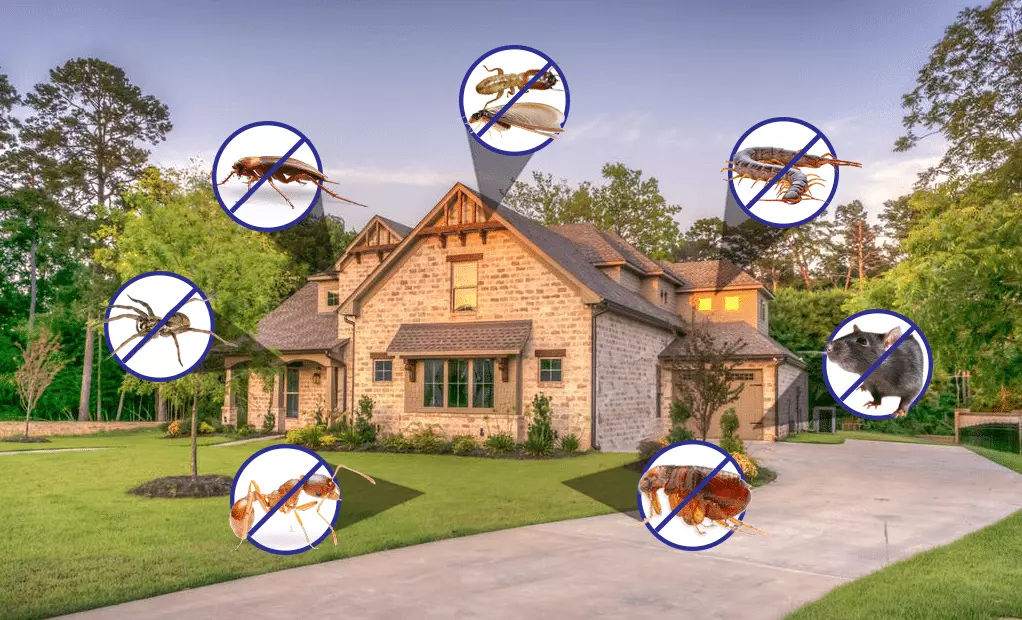Introduction To Pest Control
Pest control is an essential practice for maintaining a clean, safe, and healthy living or working space. Pests such as rodents, termites, cockroaches, and bed bugs can cause significant harm to property and health. Among these, bed bug treatment has gained particular importance due to the difficulty of eradicating these resilient pests. This guide covers everything you need to know about pest control and provides insights into effective strategies, including bed bug treatment, to ensure a pest-free environment.
What Is Pest Control?
Pest control refers to the management and regulation of unwanted species collectively known as pests. These include insects, rodents, and other organisms that interfere with human activity by damaging property, spreading diseases, or causing discomfort.
Effective pest control involves:
- Inspection: Identifying the type and extent of infestation.
- Prevention: Implementing measures to prevent pest entry and proliferation.
- Eradication: Using physical, chemical, or biological methods to remove pests.
Common Household Pest Control and Their Risks
1. Bed Bugs
- Tiny, oval-shaped insects that feed on human blood.
- Cause itchy bites, allergic reactions, and sleep disturbances.
- Known for hiding in mattress seams, furniture, and cracks.
2. Cockroaches
- Spread diseases like salmonella and E. coli.
- Trigger allergies and asthma.
3. Termites
- Infamous for causing structural damage to wooden materials.
- Often go undetected until significant harm is done.
4. Rodents
- Carry diseases such as Hantavirus and leptospirosis.
- Damage property by gnawing on wires and furniture.
5. Ants
- Contaminate food and invade homes in search of sustenance.
Effective Pest Control Methods
1. Biological Pest Control
Using natural predators, such as introducing ladybugs to control aphid populations, is an eco-friendly way to manage pests.
2. Chemical Pest Control
- Involves the application of pesticides and insecticides.
- Effective but must be used with caution to avoid harm to humans and pets.
3. Mechanical Pest Control
Physical traps, barriers, and manual removal methods are employed to control pest populations.
4. Integrated Pest Management (IPM)
A holistic approach combining multiple methods for long-term results, focusing on prevention and minimizing chemical use.
Bed Bug Treatment: Comprehensive Solutions
Bed bugs are notoriously difficult to eliminate due to their ability to hide in tiny crevices and resistance to certain chemicals. A targeted bed bug treatment plan is essential for successful eradication.
Signs of a Bed Bug Infestation
- Bite Marks: Small, red, itchy bites, often in a line or cluster.
- Blood Stains: Tiny spots on bedding or furniture.
- Fecal Spots: Black or brown droppings near hiding places.
- Shell Casings: Molted skins left behind during growth.
Effective Bed Bug Treatment Strategies
1. Inspection
- Thoroughly check all potential hiding spots, including mattresses, furniture, and cracks in walls.
- Use flashlights and magnifying glasses to locate bed bugs and eggs.
2. Non-Chemical Methods
- Heat Treatment: Expose infested items to temperatures above 120°F for several hours.
- Vacuuming: Use a high-powered vacuum cleaner to remove bed bugs and eggs from crevices.
- Encasements: Cover mattresses and box springs with special encasements to trap and starve bed bugs.
3. Chemical Treatments
- Apply EPA-approved insecticides specifically designed for bed bugs.
- Use sprays, dusts, and aerosols in infested areas while following safety precautions.
4. Professional Pest Control Services
For severe infestations, hire professional pest control services specializing in bed bug treatment. They employ advanced techniques like fumigation or steam treatment.
Preventing Pest Infestations
1. Maintain Cleanliness
- Keep your home clean and clutter-free to deny pests hiding spots.
- Store food in sealed containers and dispose of garbage regularly.
2. Seal Entry Points
- Repair cracks, holes, and gaps in walls, windows, and doors.
- Install screens and door sweeps to block pest entry.
3. Regular Inspections
- Conduct routine checks for signs of infestations, especially in vulnerable areas like basements and attics.
4. Pest-Resistant Landscaping
- Keep shrubs and trees trimmed to prevent pests from using them as pathways into your home.
Importance of Professional Pest Control
While DIY methods are effective for minor issues, professional pest control services offer numerous benefits:
- Expertise: Professionals can identify pest species and their behavior.
- Efficiency: Advanced tools and treatments ensure quick and lasting results.
- Safety: Licensed technicians follow safety protocols to protect inhabitants and pets.
The Role of Technology in Modern Pest Control
Smart Pest Control Devices
- Electronic traps for rodents.
- Ultrasonic pest repellents that emit sound waves to deter pests.
Data-Driven Solutions
- Pest monitoring systems track activity and provide insights for targeted treatments.
Green Pest Control
Environmentally friendly solutions, such as biological agents and natural repellents, are gaining popularity.
Myths About Pest Control
1. “Clean Homes Don’t Have Pests”
Even spotless homes can attract pests seeking shelter or food.
2. “DIY Methods Are Always Enough”
Severe infestations often require professional intervention.
3. “All Pesticides Are Harmful”
Many modern pesticides are formulated to be safe for humans and pets when used as directed.
Choosing the Right Pest Control Service
When hiring a pest control service, consider the following factors:
- Certification and Licensing: Ensure the company is licensed and employs certified technicians.
- Experience: Look for a provider with expertise in handling your specific pest problem.
- Eco-Friendly Options: Inquire about environmentally safe treatments.
- Customer Reviews: Check online reviews for reliability and customer satisfaction.
Conclusion
Pest control is vital for maintaining a healthy and comfortable living environment. By employing a combination of preventive measures, DIY strategies, and professional services, you can effectively manage and eradicate pest infestations. For persistent issues, particularly with resilient pests like bed bugs, a comprehensive bed bug treatment plan is essential.
Investing in regular pest control not only protects your property but also safeguards your health and well-being. Don’t wait for an infestation to spiral out of control—take proactive measures today for a pest-free tomorrow.
